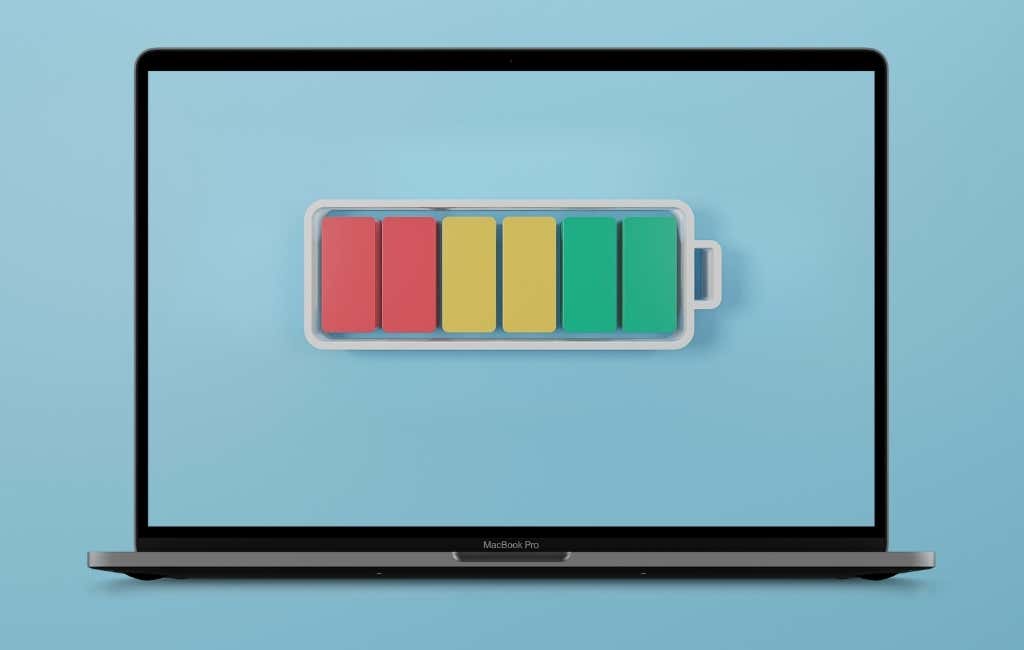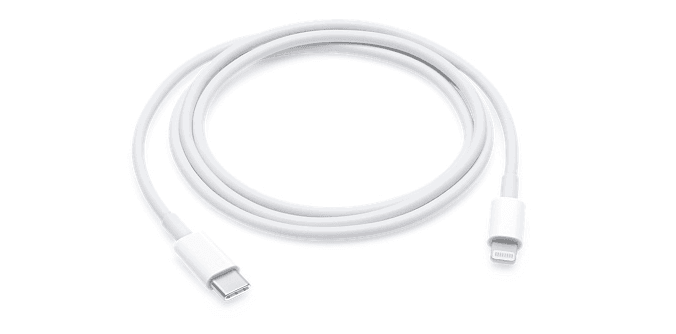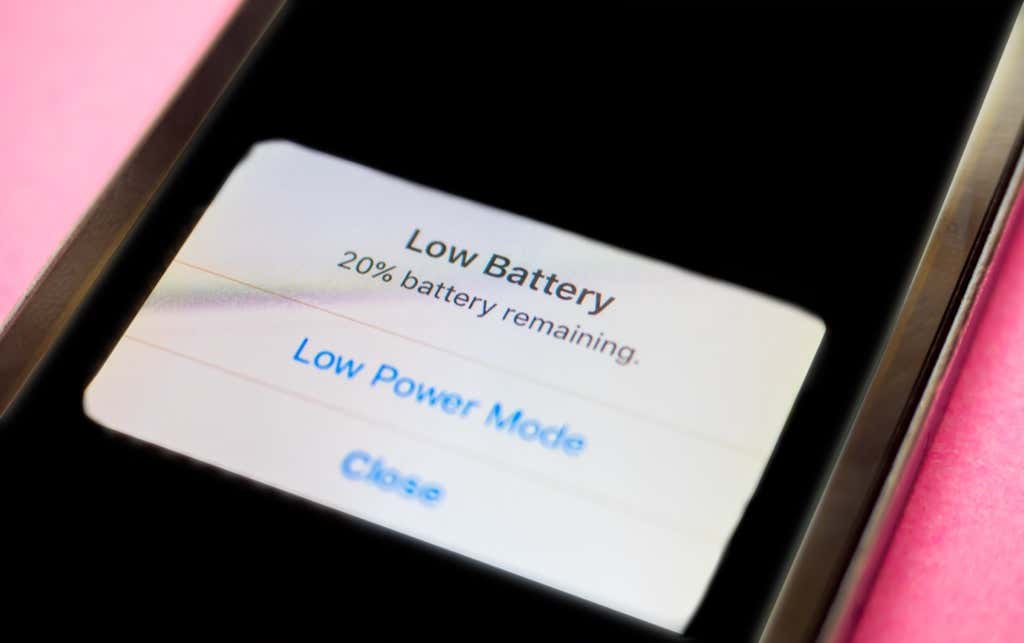Eke out as much performance as possible
Apple recently found itself in hot water for doing what many customers had long suspected: slowing down older iPhones’ performance. In the aftermath of the revelation, Apple explained that it only throttled iPhone performance when the device’s battery had degraded to the point that running at full speed could cause the device to shut down.
Apple insisted that this was to prevent customers from having to prematurely upgrade, experts weighed in saying it was the correct solution to a difficult problem, customers filed lawsuits and news agencies continued to highlight the “battery-gate” scandal.

While Apple has agreed to be more transparent, the issue has raised awareness of the need for proper battery maintenance, including doing everything possible to prolong the useful life of your device’s battery, whether it be a laptop, phone, or tablet.
Lithium Ion Batteries
Lithium-ion (Li-ion), and the derivative lithium-ion polymer (LiPo), batteries are currently the most popular variety used in modern laptops, tablets, and phones. These batteries have several benefits over previous technology, including faster charging and longer life.
Many devices using Li-ion batteries rapidly charge the first 80 to 90 percent, then trickle charge the remaining 10 or 20 percent, allowing a device with a depleted battery to be usable much faster than with previous technology.

Another benefit of lithium-based batteries is the fact that they do not have a “memory” like previous batteries, such as nickel-metal hydride (NiMH). NiMH batteries performed best when they were fully discharged and then fully recharged. Otherwise, if a battery was only partially discharged, the battery would gradually lose its full capacity, remembering the smaller capacity of the partial recharge.
Because of Li-ion batteries’ characteristics, there are specific ways to help maintain their health.
How to Maintain Battery Health
Avoid Extreme Temperatures – Many Li-ion batteries are designed to operate in the 32º to 95º F range. While cold temperatures can cause a device to temporarily experience a reduced battery capacity (and shutdown unexpectedly), extremely high temperatures can result in permanent damage. As a result, avoid leaving your device in hot, enclosed areas.
It’s also a good idea to periodically check to make sure a laptop’s air vents are clean and free from dust or other obstructions. Likewise, some kinds of cases—whether for phone, tablet, or laptop—can restrict airflow and hold in heat. While not normally a problem in day-to-day operation, the extra heat generated when charging can be amplified by such cases.
Use the Right Charger – Because Li-ion batteries are designed to trickle charge the last 10 or 20 percent, a charger needs to have the ability to detect that and adjust the charge accordingly. A device manufacturer’s chargers are guaranteed to properly charge their corresponding device, but the same cannot be said for a cheap, third-party charger, the likes of which you might come across at a local gas station or truck stop.

Often, these cheap chargers will attempt to continue charging a device long after it has reached full capacity, often referred to as “overcharging.” When this happens, it generates extra heat that can cause damage. Therefore, where possible, use a charger from the manufacturer. If you do use a third-party charger, be sure to select one that is made by a well-known, respected third-party vendor.
Store It Half-Charged – Because of the nature of how Li-ion batteries store energy, it’s best to store them long-term in a half-charged state. Storing them when they are depleted can cause them to drop below the 2.5 volt-per-cell threshold whereby the battery will stop holding a charge altogether.
Should this occur, only special battery analyzing software will have any hope of salvaging the battery. Conversely, storing it in a fully charged state for an extended period can cause a Li-ion battery to slowly lose some of its capacity.
Occasionally Discharge the Battery – Under normal circumstances, and unlike previous technologies, for best performance, a Li-ion battery should not be fully discharged. Ideally, a laptop, phone, or tablet with a Li-ion battery should run between the 30 and 90 percent charge range. This serves to “exercise” the battery and keep the electrons within it moving.
While this is the best way to run a Li-ion battery under normal circumstances, most battery experts do recommend completely discharging it once every 30 or so cycles. While this does not have any direct impact on the battery’s capacity, it does recalibrate the internal software that acts as the battery’s power meter.

Over time, the power meter may become slightly inaccurate in its estimations of the remaining capacity. Discharging the battery to the cutoff point allows that internal software to reset itself and get back in sync with the battery’s actual capacity.
Li-ion batteries represent a significant improvement over previous generations. In fact, some manufacturers claim that even after 1,000 charge cycles their devices will still retain 80% of their original capacity. Even so, like all batteries, Li-ions do degrade and lose their capacity. Following the above steps, however, will help you maintain your device’s battery and eke out the best performance and longevity possible. Enjoy!




